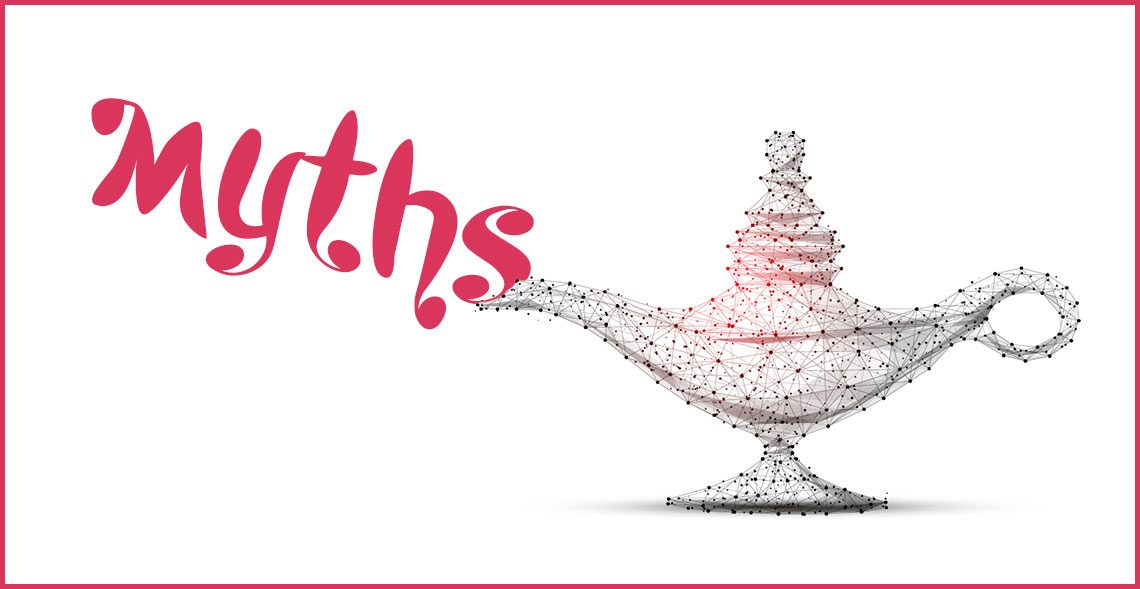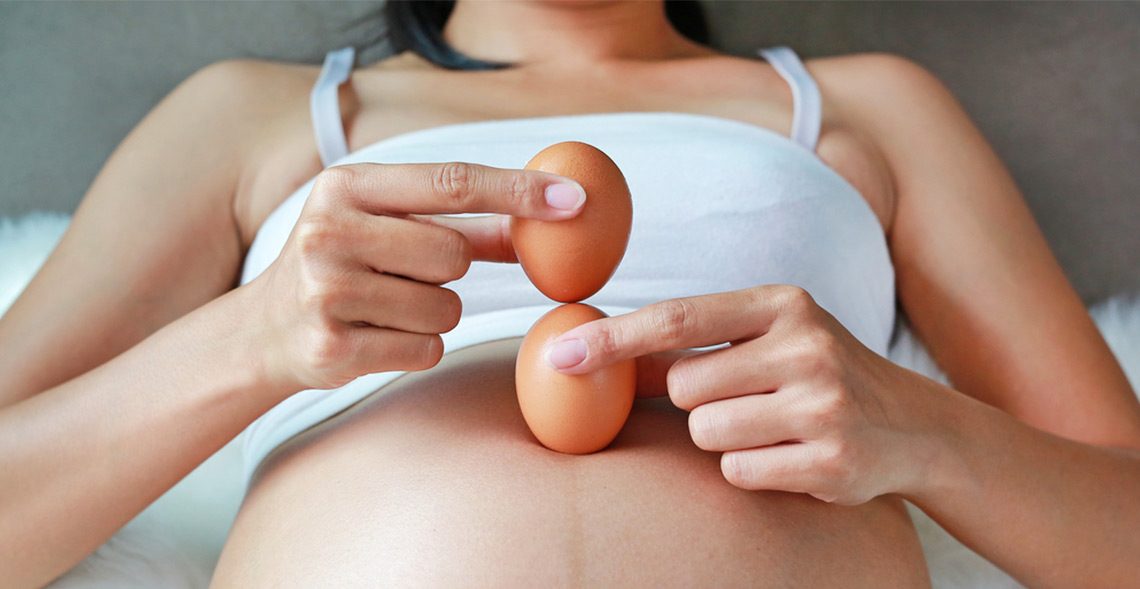Attaining Motherhood and having children is one of the very important stages in life which a woman comes across. Though Pregnancy and Childbirth can get challenging at times, it is looked forward to as stage of immense significance, by every woman. While on one hand, birth control has become a topic for global discussion, on the other hand, there are many enthusiastic women, in their middle ages, who are looking at exploring options to extend their family, even after undergoing procedures towards achieving permanent birth control.
IVF Treatment in India
Myths about Infertility
Myth 01: Infertility is rare.
Infertility can affect women of any age and from any background. In fact, approximately one out of every seven couples trying to conceive today experience difficulties with infertility. The Centers for Disease Control and Prevention (CDC) reports that 12 percent of women in the U.S. ages 15 to 44 have difficulty getting pregnant or carrying a pregnancy to term. That’s nearly one in five women in the U.S. So it’s likely that you know someone struggling with infertility, whether they choose to share it or not.
Does the collection of eggs increase the chance of pregnancy from IVF?
The process of IVF(In-Vitro-Fertilization) involves the ovarian stimulation with hormones with the intention of retrieving more eggs. The whole idea is to have enough eggs to produce an optimum number of good embryos to transfer and to freeze a few in case the fresh transfer fails. The question here is how many do we actually need? What is the optimum number of eggs needed to achieve a live birth, which in turn is the ultimate aim of IVF?






